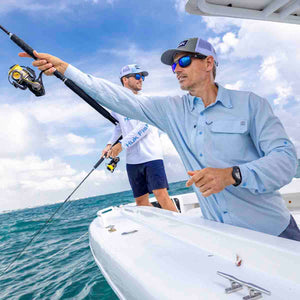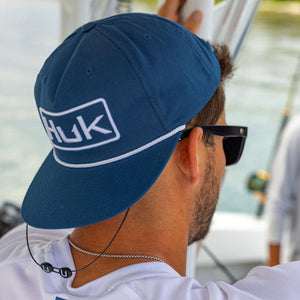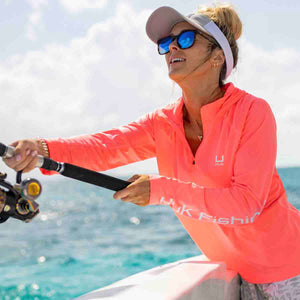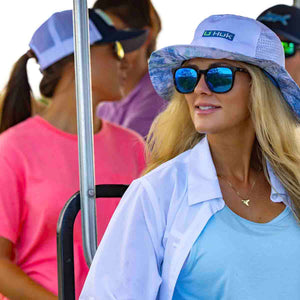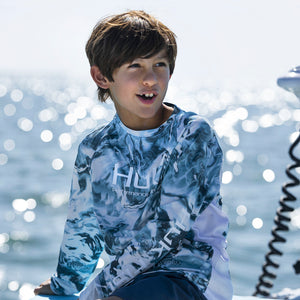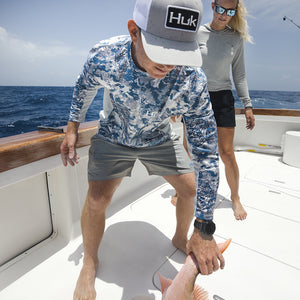Every year in early spring, walleyes answer mother nature's call to reproduce, leaving their deep water winter dwellings behind as they move toward their spawning grounds. This pre-spawn period, as is it's known, generally starts sometime before ice-out. And by the time spring has fully sprung, walleyes are stacked up in staging areas, ready to carry out their life's duty. Here’s your guide to early spring walleye fishing, with all the tips, tricks and techniques you need to cash in on the action.
Early Spring Walleye Action Through The Ice

The act of spawning is physically taxing, so to prepare, walleyes strap on the feed bags and consume as many calories as possible. In the earliest stages of the pre-spawn, however, when temperatures are still low and ice covers the water, food can be scarce for the hungry walleyes. As a result, feeding competition increases and walleyes get more aggressive and eager to bite. Fishing through the ice is typically your only option at this time, and tip-ups with live minnows suspended just off the bottom are the go-to method.
If you choose your drilling locations carefully, early spring walleye fishing might feel like cheating. You're offering a hungry fish a juicy meal when natural food is hard to come by. However, don't get overly confident just yet. While an early spring walleye might have a bigger appetite than usual, it isn't necessarily easier to fool. Life moves very slowly at the bottom of a frozen lake, and a walleye will spend plenty of time inspecting your offering before committing. Use slightly smaller hooks and minnows than you might later in the year, and use the minimum amount of weight required to get your bait to sink. Many times, a single split shot is all that's needed.
Water Temperature Clues For Tracking Down Walleye After Ice-Out
As Spring progresses and temperatures rise, walleyes start making moves toward their staging areas. Bulking up is still a priority, so pre-spawn walleyes won't stray far from the most abundant food sources.
And with that comes a not-so-obvious walleye fishing tip in early spring: Seek out areas of warm water.
Typically, the northern shores of most lakes see more hours of sunlight per day, resulting in slightly warmer water temperatures. The warmer water provides optimal conditions for plankton—and the baitfish that eat them—to grow. Even a one or two-degree increase in water temperature could make enough of a difference to create a buffet line of baitfish for pre-spawn walleyes.
Once You’ve Found Your Spot…
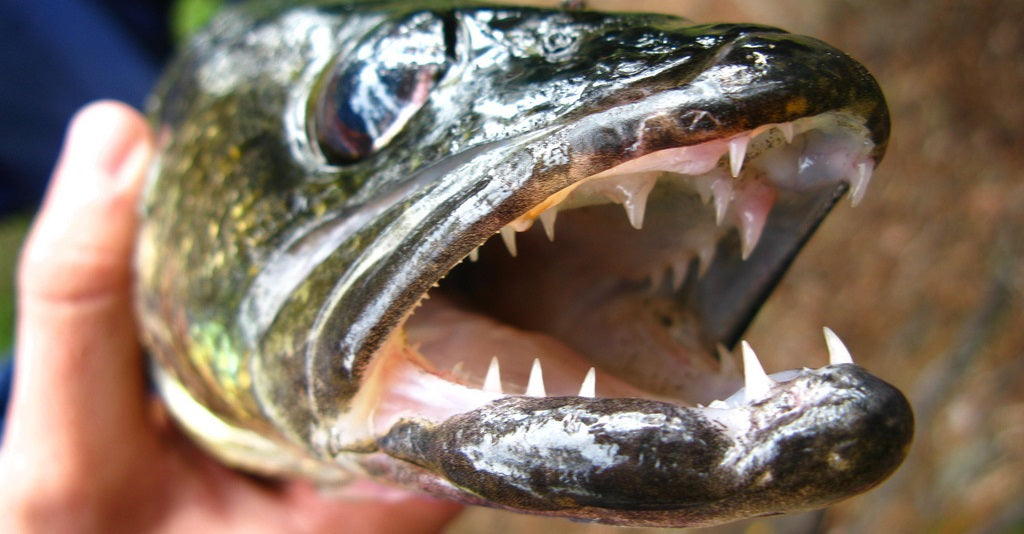
When you find some warmer water, work your way along the shore, casting jigs or crankbaits. Focus on structure like brush piles, stumps or rock piles, features like points, shoals or flats, or find stretches of soft bottom where you might encounter the year's first growth of aquatic vegetation and all the bugs and baitfish it supports.
Speaking of bugs, it's a little-known fact that walleye will gorge on aquatic insects given the chance. If you're lucky, those sun-drenched warm water honey holes you find might be teeming with insect larvae. If you aren't equipped with fly fishing gear, tying on a small marabou jig could be exactly what you need to "match the hatch" and hook into a few nice walleyes.
Trolling Stick Baits To Cover Water & Find Fish
Don't be surprised if you spend more time looking for walleye than you do fishing for them in early spring. High-quality fish finding and chartplotting electronics are invaluable tools when searching for walleye, but you still have to be ready to cover lots of water to get onto fish.
Since you're burning all that fuel anyway why not troll some lures to see what you turn up? Stick baits are a favorite walleye trolling lure. Thankfully, walleye stick bait rigs are incredibly easy and adjustable to meet the day's conditions.
For trolling along shallow stretches near shore, unweighted stick baits can be used to get down several feet. To fish deeper water—many times walleye hold at 30 to 40 feet—weight can be added to the line above the stick bait, either in the form of leadcore line or a 1 to 5-ounce bell weight tied to a three-way swivel.

Ideal trolling speeds change throughout the spring walleye fishing season. But as a general rule of thumb, the earlier and colder, the slower you troll—the later and warmer, the faster you troll. Starting out at a slow trolling speed (around 1 MPH) is a good strategy, but don't be afraid to experiment with trolling speeds until you start getting strikes.
When you do find the fish and start hooking up, you may want to kill the motor and put your favorite walleye fishing techniques to use. Cast jigs, work crankbaits, or fish live minnows under slip floats. Chances are, when you find those pre-spawn walleyes they'll be fired up and ready to play!
Skip The Lake & Head To The River
Many large rivers, especially those below large dams, maintain ice-free throughout the winter, providing a year-round fix for walleye fishing fanatics. So, if you can't wait another day for the ice on your local lake to thaw, hitch up the boat and plan a trip to a famous walleye river like the Missouri.
Once you get there, be ready to take your typical summer and fall walleye fishing techniques and tweak them slightly to meet the demands of the river. Expect the river to be at its highest and dirtiest in the spring, and come prepared with lots of bright, flashy lures to help the walleyes see your offerings. Trolling stick baits is a great option for targeting walleyes in open water on rivers, but sometimes it's hard to beat slow drifting the tried-and-true live minnow.
Walleye Fishing Gear

Yes, it may take skill, experimentation, and good ol' fashion luck to get in on the early spring walleye fishing bite. But beyond the rigs and tactics you use, perhaps the most critical factor to your success is whether or not you can withstand the extreme cold and unpredictable weather of early spring.
So, before you leave for the lake or the river, make sure you're prepared for the worst with all-weather fishing apparel like our waterproof bib and our 4-seasons jacket. Insulated rubber boots are a must too, and you'll never regret investing in a high-quality pair of waterproof fishing gloves. For those extra chilly days, add a layer of insulation with the Huk 1/4 Zip Fleece.
If you stay out long enough, cover as much water as possible, and use the tips and tricks we presented today, you'll be starting your year right with heavy stringers of early spring walleyes!
